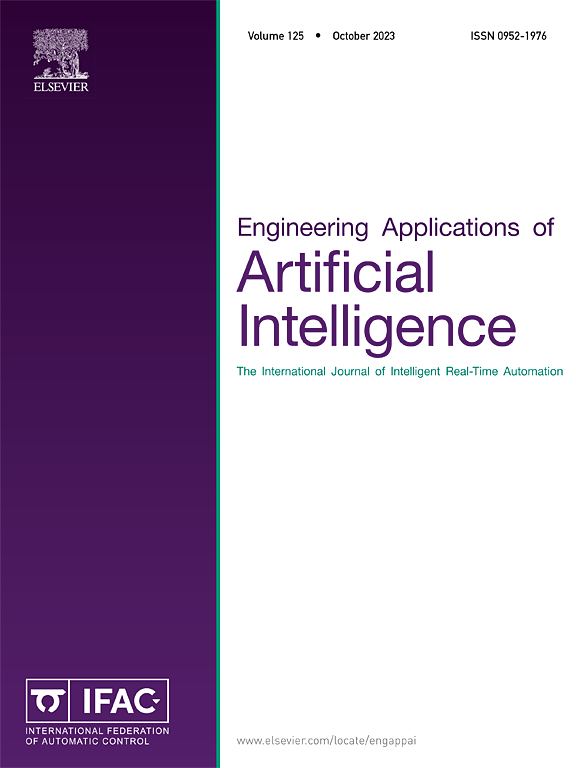A hierarchical deep reinforcement learning method for coupled transportation and power distribution system dispatching
IF 7.5
2区 计算机科学
Q1 AUTOMATION & CONTROL SYSTEMS
Engineering Applications of Artificial Intelligence
Pub Date : 2025-02-13
DOI:10.1016/j.engappai.2025.110264
引用次数: 0
Abstract
The randomness and dimensionality growth of variables in the Coupled transportation and power distribution systems (CTPS) pose challenges for effectively solving CTPS dispatching tasks. This paper presents a hierarchical deep reinforcement learning (HDRL) method, which disperses the action and state space of CTPS onto decision-making layer and autonomous optimization layer. The Cloud DRL model in the decision-making layer is responsible for the load assignment task of charging stations. The distribution network (DN) and transportation network (TN) DRL models in the autonomous optimization layer are responsible for optimizing the DN and TN respectively. A layer-wise training method is adopted to alleviate the asynchronous convergence problem of HDRL. Firstly, the Gurobi assists in achieving the efficient training of Cloud DRL model by ensuring the reward effectiveness of autonomous optimization layers. Meanwhile, the differential evolution (DE) algorithm assists in optimizing the diversity and focalization of the Transitions by controlling distribution patterns of species initialization, during the pre-sampling and training stage. Then, the trained Cloud DRL model is frozen to train the DN and TN DRL models. This method is tested on two different sizes of CTPS. Simulation analysis shows that this method improves the training performance of the HDRL model.
求助全文
约1分钟内获得全文
求助全文
来源期刊

Engineering Applications of Artificial Intelligence
工程技术-工程:电子与电气
CiteScore
9.60
自引率
10.00%
发文量
505
审稿时长
68 days
期刊介绍:
Artificial Intelligence (AI) is pivotal in driving the fourth industrial revolution, witnessing remarkable advancements across various machine learning methodologies. AI techniques have become indispensable tools for practicing engineers, enabling them to tackle previously insurmountable challenges. Engineering Applications of Artificial Intelligence serves as a global platform for the swift dissemination of research elucidating the practical application of AI methods across all engineering disciplines. Submitted papers are expected to present novel aspects of AI utilized in real-world engineering applications, validated using publicly available datasets to ensure the replicability of research outcomes. Join us in exploring the transformative potential of AI in engineering.
 求助内容:
求助内容: 应助结果提醒方式:
应助结果提醒方式:


